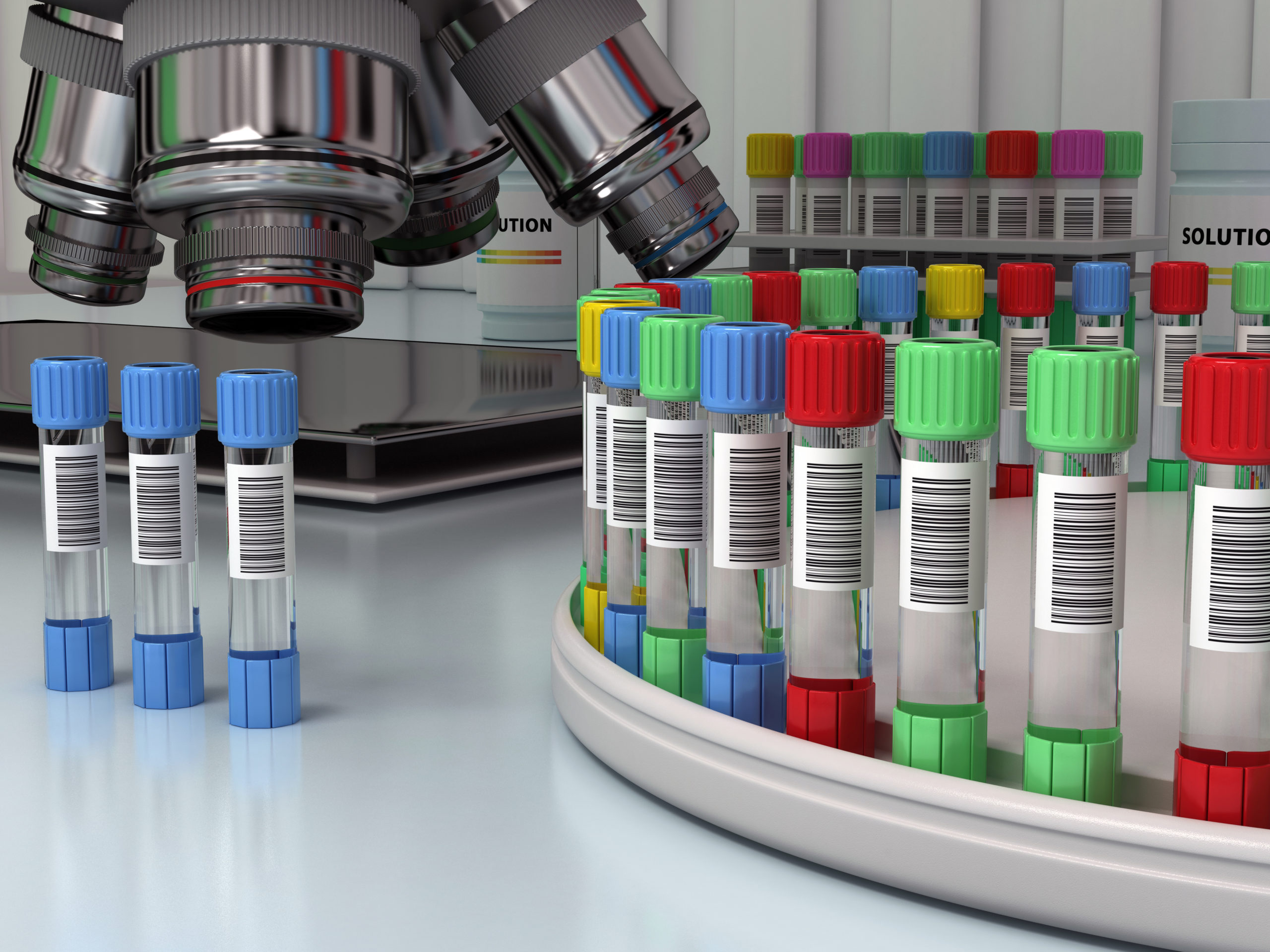For a medical device that comes into contact with a person’s skin, biocompatibility testing is required by the FDA before the device can be approved for market. Biocompatibility is conducted to determine the device is safe when in contact with a human. For more information on the general requirements of biocompatibility testing check out this other blog on EMMA International’s website. One aspect of biocompatibility testing that is required is Cytotoxicity testing. Cytotoxicity testing, like its name suggests, is used to determine if a medical device or any material in the device is toxic to humans.
Different cytotoxicity will be needed depending on the intended use and class of device, the FDA recommends using ISO 10993-5 “Biological evaluation of medical devices – Part 5: Tests for in vitro cytotoxicity,” to decide on what tests to run.[1] It is important the cytotoxicity tests outlined in ISO 10993-5 be run and that results meet or exceed standards. If the results of cytotoxicity tests are poor and fail to meet required standards, then all biocompatibility testing may be considered a failure. It has been reported that approximately 93 percent of biocompatibility testing failures can be attributed to cytotoxicity testing fails.[2]
Cytotoxicity testing may be done using a quantitative or qualitative method.1 As stated previously, the cytotoxicity test decided on will be based on the intended use and class of the device. This is also true for the method decided upon as well. Both methods can be further broken down into different types. Cytotoxicity testing is sensitive, and the type of testing decided on will have different levels of sensitivity involved.2 Despite the challenge of determining what tests are needed, getting the testing done is well worth it. The risk of putting a device on the market without this testing is too great. A device that is cytotoxic can cause serious harm and will have serious consequences for the company that puts it on the market.
Getting ready for submission to the FDA is challenging no matter what. Trying to determine all the testing needed for a device is a whole other challenge. If a company also wishes to sell its device in other markets additional testing, including cytotoxicity testing, may be required. EMMA International can help determine what testing is needed for submissions, including cytotoxicity testing. EMMA International can also help compile all the necessary documents for the submission and file the submission ensuring compliance with FDA regulations or any other relevant regulations, along the way. EMMA International provides Full Circle Consulting, give us a call at 248-987-4497 or email info@emmainternational.com to get in touch with our team of experts today.
[1] FDA (September 2020) Use of International Standard ISO 10993-1, “Biological evaluation of medical devices – Part 1: Evaluation and testing within a risk management process”, Retrieved 12/26/2021 from https://www.fda.gov/media/85865/download
[2] Michaels, B. (2014, November 19). What types of biocompatibility testing do you need to perform? mddionline.com. Retrieved December 26, 2021, from https://www.mddionline.com/testing/what-types-biocompatibility-testing-do-you-need-perform





